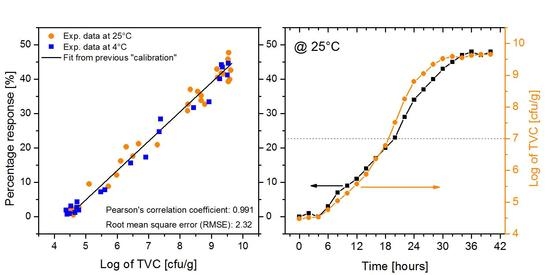From Single Nanowires to Smart Systems: Different Ways to Assess Food Quality †
Abstract
:Supplementary Materials
Author Contributions
Funding
Institutional Review Board Statement
Informed Consent Statement
Data Availability Statement
Conflicts of Interest
Publisher’s Note: MDPI stays neutral with regard to jurisdictional claims in published maps and institutional affiliations. |
© 2021 by the authors. Licensee MDPI, Basel, Switzerland. This article is an open access article distributed under the terms and conditions of the Creative Commons Attribution (CC BY) license (https://creativecommons.org/licenses/by/4.0/).
Share and Cite
Tonezzer, M.; Biasioli, F.; Gasperi, F. From Single Nanowires to Smart Systems: Different Ways to Assess Food Quality. Chem. Proc. 2021, 5, 29. https://doi.org/10.3390/CSAC2021-10605
Tonezzer M, Biasioli F, Gasperi F. From Single Nanowires to Smart Systems: Different Ways to Assess Food Quality. Chemistry Proceedings. 2021; 5(1):29. https://doi.org/10.3390/CSAC2021-10605
Chicago/Turabian StyleTonezzer, Matteo, Franco Biasioli, and Flavia Gasperi. 2021. "From Single Nanowires to Smart Systems: Different Ways to Assess Food Quality" Chemistry Proceedings 5, no. 1: 29. https://doi.org/10.3390/CSAC2021-10605
APA StyleTonezzer, M., Biasioli, F., & Gasperi, F. (2021). From Single Nanowires to Smart Systems: Different Ways to Assess Food Quality. Chemistry Proceedings, 5(1), 29. https://doi.org/10.3390/CSAC2021-10605








